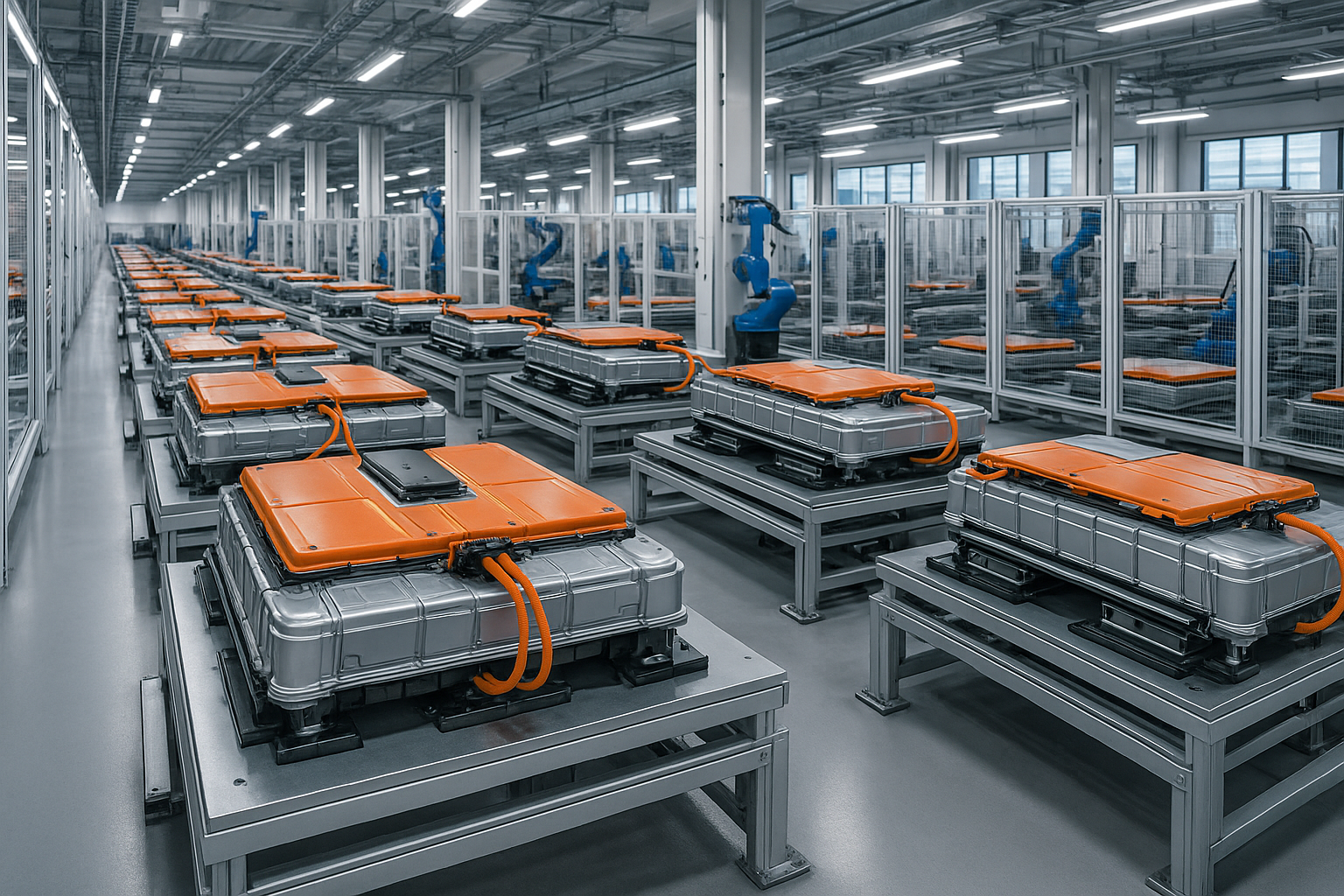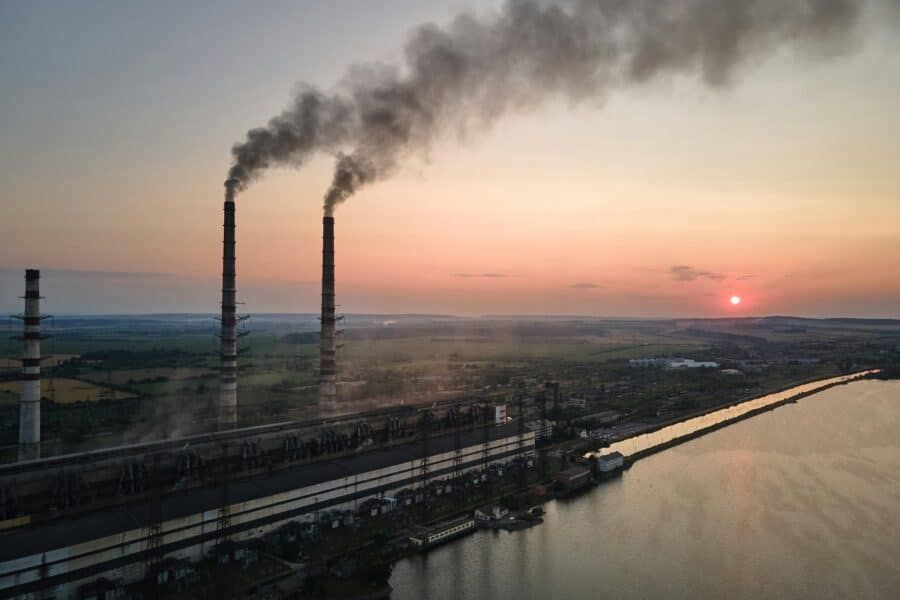Battery Procurement Beyond Lithium: Diversifying for the Next Phase of Electrification
The Risk of Overreliance
Lithium supply is under pressure. Prices have fluctuated due to demand spikes, constrained mining capacity and the regional concentration of refining. For procurement teams, this creates three major challenges:
- Unstable cost structures
- Exposure to geopolitical risks in Asia Pacific supply hubs
- Sustainability concerns linked to water intensive extraction
Alternative Chemistries on the Rise
Procurement strategies in 2025 are beginning to diversify across both new and maturing technologies:
- Sodium ion: Lower cost, abundant raw materials, suitable for short range vehicles and grid storage.
- Solid state: Offers higher energy density and safety but requires close supplier partnerships to move beyond prototypes.
- LFP (Lithium Iron Phosphate): Already widely used in the United States due to its affordability and durability, particularly in commercial fleets and entry level EVs.
What It Means for Supplier Strategy
Moving beyond lithium is not about replacing it overnight. It is about building multi chemistry portfolios and reshaping supplier relationships. That means:
- Dual and tri sourcing across battery chemistries to manage risk
- Forming strategic partnerships with emerging technology providers as well as established cell manufacturers
- Ensuring contract flexibility that allows for technology shifts as commercial viability develops
- Embedding sustainability clauses that address raw material extraction, recycling and carbon footprint
The Takeaway
Electrification is no longer synonymous with lithium ion. For procurement leaders in mobility, the next phase is about chemistry diversification, balancing today’s supply realities with tomorrow’s breakthroughs. Those who establish forward looking sourcing strategies now will be the ones powering the mobility market of 2030 and beyond. The future is not lithium only. It is lithium together with sodium, solid state and LFP. This ecosystem is more resilient, more sustainable and better aligned with the evolving demands of electrification.





